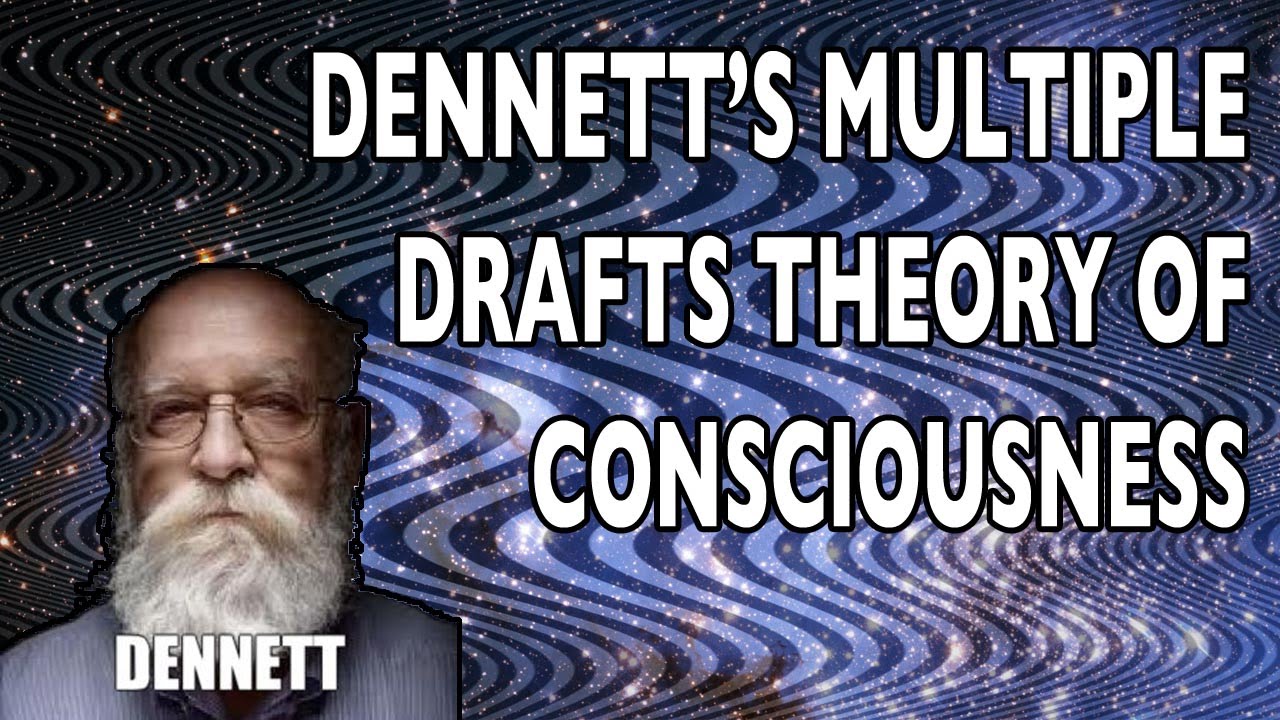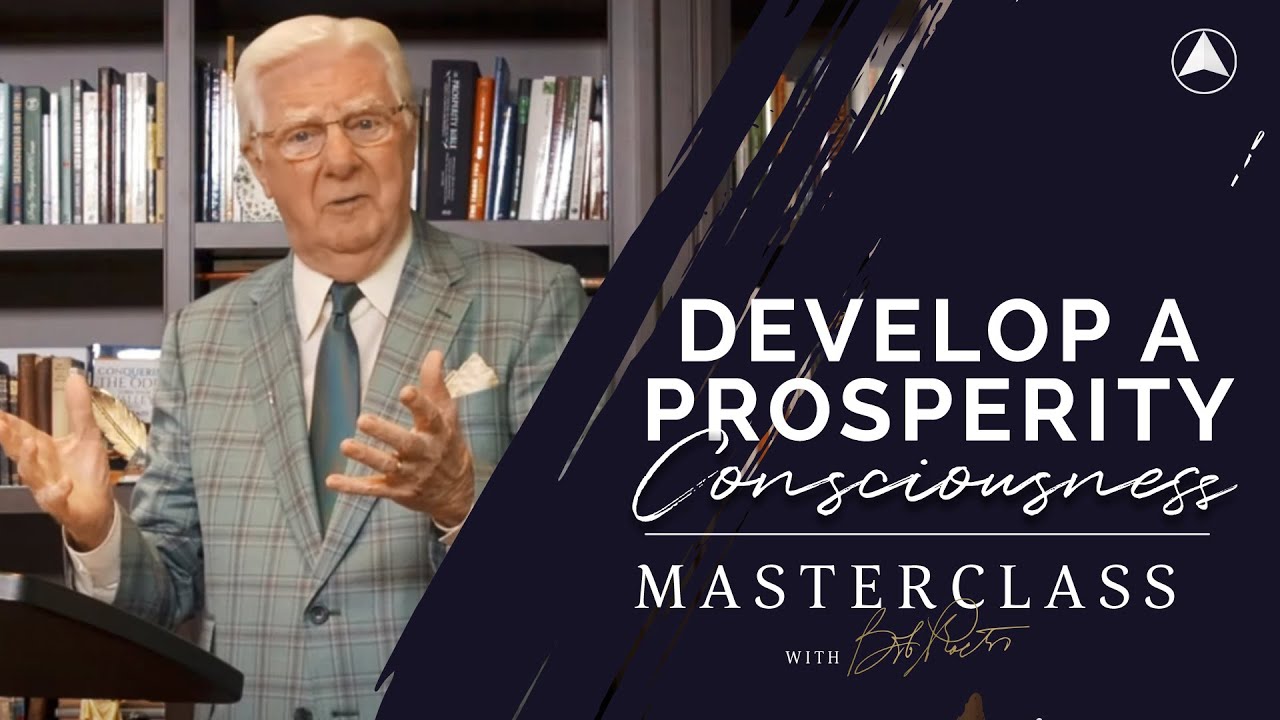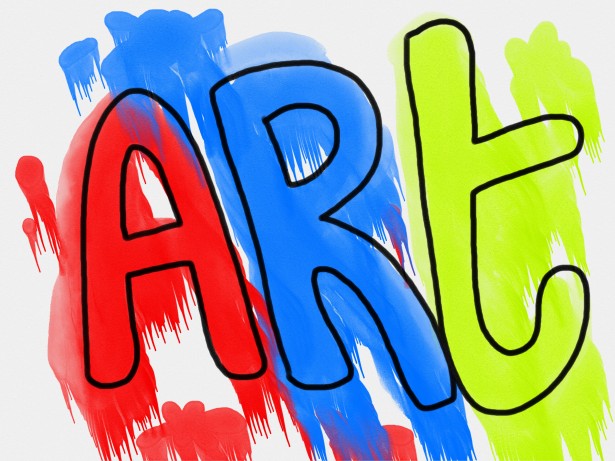Pete Mandik
According to the philosopher and cognitive scientist Daniel Dennett, a conscious state is a brain state that is spread out in both space and time. It is spread out in the brain across multiple instances of what Dennett calls “content fixations.” These content fixations are the “multiple drafts” in the theory’s name. Each of these drafts compete for domination in the cognitive system. This domination is what Dennett calls “fame in the brain.” Read more about it here: http://www.scholarpedia.org/article/Multiple_drafts_model
#philosophyofmind
Source
Dennett's Multiple Drafts Theory of Consciousness




Hi Pete. I think that Dennett's idea is the only model of the mind that holds any water. The critics don't like the idea because at its root this mechanism would falsify the premise that what we feel we've experienced is actually what happens. It makes our minds unreliable, and sort of fake. But nature doesn't design anything to be "real". As for the verification, it seems awfully presumptuous to me to say that this idea (I say idea, or model, because this is too incomplete as of yet to be a theory) can never be verified. I think that with advancing technology if we actually could capture the full contents of the brain signals in real time, we could start experimentally and statistically decoding some parts of the brain and have an idea of what is actually going on.
I've never understood this odd resistance to "verifiability". If I understand correctly, the point that the critics try to make is, that there might be "reality" which has no meassurable(verifiable) consequence for the universe? But either that's wrong, in which case we can dismiss it, or it's true, in which case it has, pr. definition, no meassurable consequence (bc if it did, we could use that to verify it, contrary to assumption), and so we can dismiss it. So why does anyone even care about the argument for it?
explanation #3: an accurate experience of the dots followed by a false experience of movement, followed by a partially correct memory of what was experienced — the false memory part is the ordering in time of experiences.
Hah. This is actually really well put together. Good for a refresher a few years after reading about the theory.
thank you for the reminder its been a bit since I read the book and had a hard time with it. Im going to tell my fellow cognitive studies students about your channel to help them with a class based solely on this book! great job!
Dang it, I love Dennett's works!
Nicely explained, thanks! I might check out your book some time.
What is the status of the multiple draft model nowadays? As far as I've understood, it's quite popular but still controversial?
Still confused about the global workspace
First off…the 'music' at the end is horrendous.
[] Start off with the mirror test the child has no self recognition.
[] I'm with Dennett…the brains mysterious development is the culmination
of sense organ inputs built one upon another
[] How the neurological connections unify this is of course unknown
[] The external 'world' must necessarily 'exist'
as these signals are external to our sense organs
[] This built up culmination over 'time' leads to self identity
again how all of this works is unknown
[] The brutal harsh reality is that our origins are essentially unknown
save a visit by other entities aka an extraterrestrial intervention
that can explain what the frack is going on
Consciousness can be explained by physicalism. We have to expand the concept of physicalism a little .
Really good summary and well explained
Dennett is bound to be right. He received philosopherean beard of approval from gods of truth.